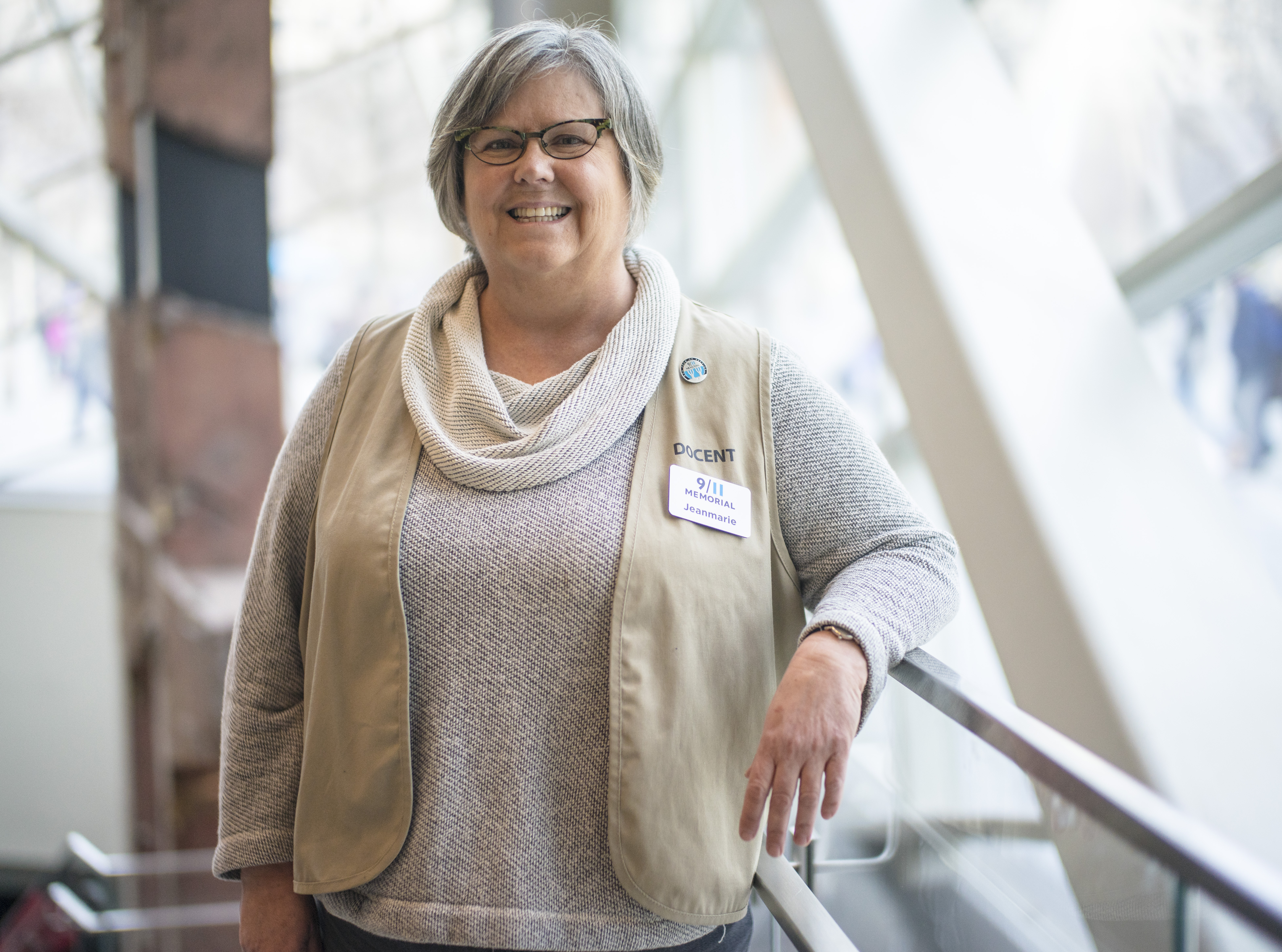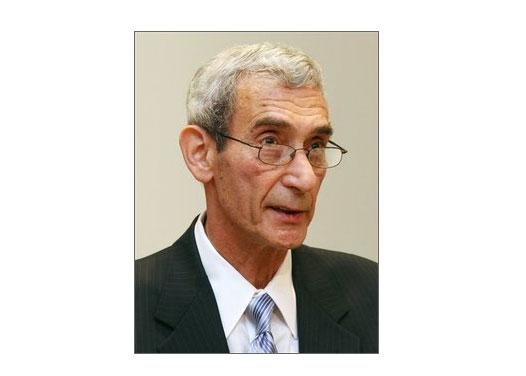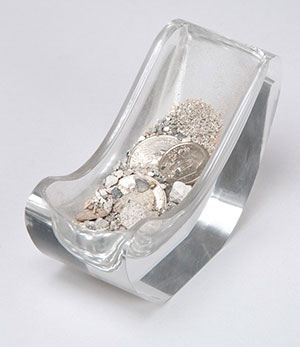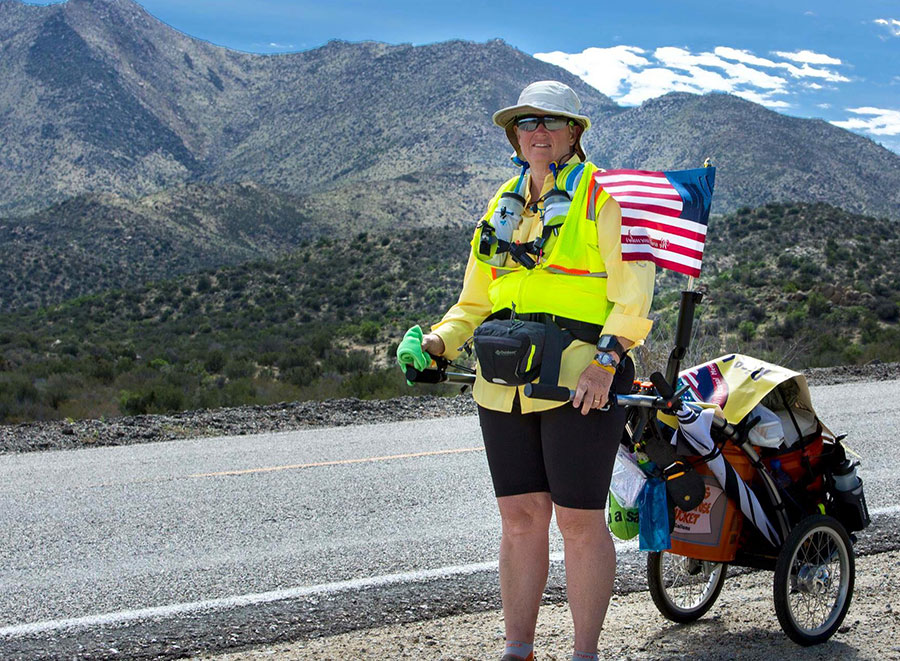9/11 Memorial Volunteers Share Why They Give Back

After losing her brother T.J. Hargrave on Sept.11, volunteer Jeanmarie Hargrave has found healing in sharing the stories of that day with visitors as a 9/11 Memorial Museum docent.
Remembering Charles S. Hirsch, Chief Medical Examiner on 9/11

Over the weekend, news spread quickly about the death of Dr. Charles S. Hirsch, 79, who served as New York City’s chief medical examiner from 1989 until his retirement in 2013. A consummate professional and public servant, Hirsch navigated thousands of bereaved family members through the awful, bewildering aftermath of 9/11. From Sept. 11 forward, he dedicated the resources of his office to the task of trying to identify the fragmented remains of nearly 2,755 victims killed at the World Trade Center. That forensic quest, which aspired to offer the certainty of proof and the rite of proper burial to relatives whose loved ones intersected with the brutal physics of 9/11, advanced the frontiers of medical technology. Regrettably, it could not provide the all-inclusive information Hirsch had hoped to deliver. At least, not yet, although the mission continues.
Throughout this endeavor, Hirsch offered the gifts of truth and compassion to mourning families. The 9/11 Memorial Museum also benefited from his wisdom. Over the years, he listened to our evolving plans, responded to our questions with facts, and counseled us with insight, patience and deep respect for our mission. We were awed by his untiring devotion to the unprecedented and complex investigation that OCME was spearheading, and by his reverence for human life.
In 2012, Hirsch donated an object to the Museum collection suggestive of this dedication.  On the morning of Sept. 11, Hirsch and six of his aides raced downtown to assess the impact of what many then assumed was a catastrophic airplane accident requiring the setup of a temporary morgue. Hirsch stayed on the scene as conditions grew progressively dangerous, sustaining injuries–including broken ribs–when the North Tower collapsed. After receiving emergency medical treatment, he briefly returned to his First Avenue headquarters before heading south again to tour the ravaged 16-acre site–now referenced as ground zero. While in his office, he removed the pulverized building grit and gray ash from his jacket pocket, along with a few loose coins, and placed these contents in a favorite glass pipe rest on his desk. Until donating it to the Museum, that unusual keepsake remained in his daily sightline, as a reminder of the fate suffered by thousands caught in the vortex and the challenges his staff continued to brave in the pursuit of identifying their remains.
On the morning of Sept. 11, Hirsch and six of his aides raced downtown to assess the impact of what many then assumed was a catastrophic airplane accident requiring the setup of a temporary morgue. Hirsch stayed on the scene as conditions grew progressively dangerous, sustaining injuries–including broken ribs–when the North Tower collapsed. After receiving emergency medical treatment, he briefly returned to his First Avenue headquarters before heading south again to tour the ravaged 16-acre site–now referenced as ground zero. While in his office, he removed the pulverized building grit and gray ash from his jacket pocket, along with a few loose coins, and placed these contents in a favorite glass pipe rest on his desk. Until donating it to the Museum, that unusual keepsake remained in his daily sightline, as a reminder of the fate suffered by thousands caught in the vortex and the challenges his staff continued to brave in the pursuit of identifying their remains.
We will miss the profound dignity and humane wisdom of Dr. Hirsch, and offer our condolences to his family, his colleagues and countless members of the 9/11 community touched by his concern.
By Jan Ramirez, 9/11 Memorial Museum Chief Curator and Vice President of Collections

After losing her brother T.J. Hargrave on Sept.11, volunteer Jeanmarie Hargrave has found healing in sharing the stories of that day with visitors as a 9/11 Memorial Museum docent.

A woman from Knoxville, Tenn., is running across the United States on a four-month journey in honor of the victims of the Sept. 11 attacks.